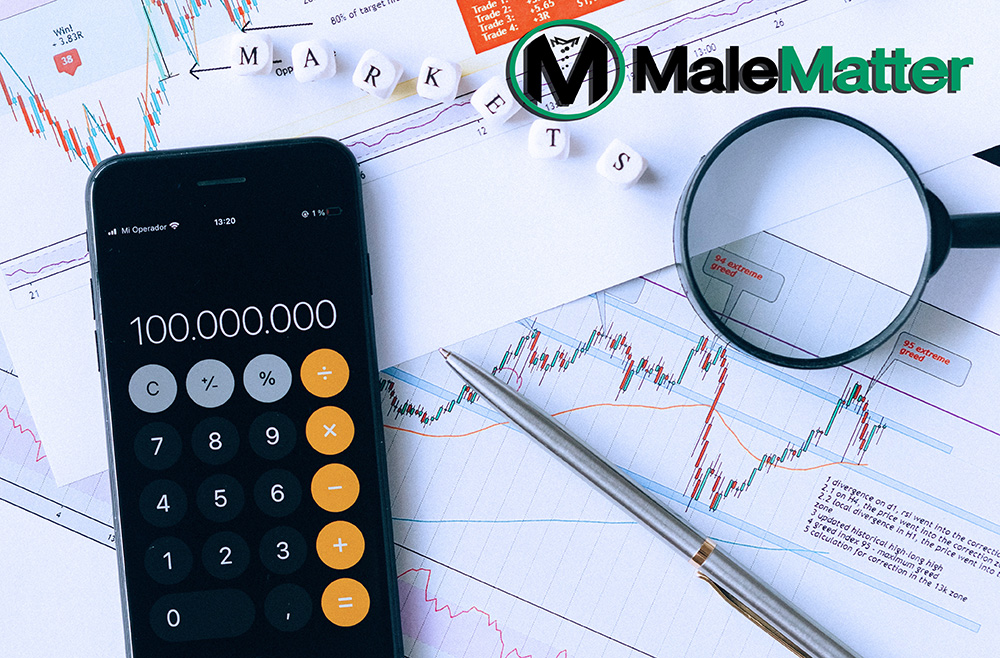As a Male Matter Man, you should keep an eye out for potential profit and business opportunities. Cryptocurrency is the current buzz in the digital economy. Some look at it as just a fad, while others are promoting it as the next stage of actual currency, replacing the traditional fiat currency used globally. Non-Fungible Tokens or NFTs are the hot items in the cryptocurrency community.
But what are NFTs? And how is it that they can make millions of dollars? We take a look at the details, verifying facts and fallacies so you can make an informed judgment if NFTs are right for you to invest in!

Fungible Assets
Understanding what an NFT is can be complicated if you are not familiar with blockchains and cryptocurrencies. Suffice it to say, blockchains and cryptocurrencies have become a huge factor in digital transactions and e-commerce. You have probably heard about Bitcoin, which is the most widely distributed and used cryptocurrency. At this point, you will likely have seen others such as Ethereum, Ripple XRP, IOTA, Monero, and similar cryptocurrencies being traded online.
To define what an NFT is, we should first define what a fungible asset is. Money is an example of a fungible asset. Basically, it refers to a tradable asset that is easy to exchange without losing value. For example, you can have a $20 and then exchange it for two $10 bills and the value is not reduced.
Moreover, the value is more or less guaranteed. Such is the case of fiat currency, with the government guaranteeing the equivalent of what is printed with gold reserves.
What are NFTs Exactly?
On the other hand, non-fungible assets or NFTs do not have a clear value. It is virtually impossible to give it a fixed equivalent. Think of a painting by Picasso or Da Vinci. These are valuable assets, but the value depends on the person’s perception (and what they are willing to pay for it). And while they can be copied, they will not have the same perceived value as the original.
In the case of NFTs, the idea is manifested in digital goods. In theory, these are unique digital assets that are applied to a unique electronic certificate. The certificate is what guarantees that the NFT a person has is the genuine article.
For example, you can draw a stick figure art of a man with a banana. This can be a JPEG or a PNG. It can be reproduced or copied any number of times. But if the original NFT has a digital certificate, then it is one of a kind. And this can be proven thanks to digital records similar to the blockchain computations related to crypto.
Why is There a Huge Interest in NFTs?
NFTs have been slowly gaining attention in the digital market and cryptocurrency community. Most of the supporters of their use describe NFTs as the electronic equivalent of the collectible market. Minting an NFT gives it a perceived value in the same way baseball cards or comic books do.
However, the attention on NFTs really took off when a digital artwork was sold for $69 Million at a Christie’s auction! Even many antique pieces of artwork do not command such a high price! While most of these NFTs are nowhere near as significant as that $69 million, there are a significant number of people who are making a decent profit from them.
This can be attributed to the fact that NFTs can continue to pay royalties to the creator, even after it is sold. Certainly, a digital asset that keeps on paying for itself is nothing to sneeze at.

Should I Get Into NFTs, and Will I Be a Millionaire?
The short answer is it depends. That $69 million NFT is an outlier and not the norm. With the market now flooded, it is very likely the NFT bubble will burst sooner than later. Moreover, understanding NFTs requires an understanding of what blockchain technology and transactions are. If you still think mining Bitcoin is actual physical mining, then you need a lot of studying first.
More than that, creating an NFT is not free. Although there are platforms like Mintable that host and even sell your NFTs, there will be fees involved. The most notorious of these is the so-called “gas fees.” Ethereum or ETH are the most common form of cryptocurrency that use gas fees. In essence, these are the fees applied to settle the costs for computing and validating transactions. These calculations require power and consume energy, even when not in use. Hence, gas fees are applied.
This is significant because gas fees are rarely fixed. The more transactions that use NFTs, the more gas fees will accrue, which leads to providers charging higher for them. It is far more common to spend more on the gas fee of creating an NFT than the actual sale made on the NFT, thus leading to a loss instead of a profit. And any businessman will tell you that’s a terrible way to do business.
Final Word
Like with Bitcoin, it would have been highly profitable had you started working on NFTs from the onset. Trying to catch with the bandwagon now might be too late. But that is not to say that you should not get into NFTs; however, you should do so with a complete understanding. It would be best if you also curbed your enthusiasm with the reality that getting your NFT dreams launched will require patience, time, and not an insignificant amount of your own cash for gas fees.
And if you really want to, go for it! We recommend keeping an eye on MaleMatter.com for more about practical cryptocurrency and digital e-commerce to help you out in the future!
